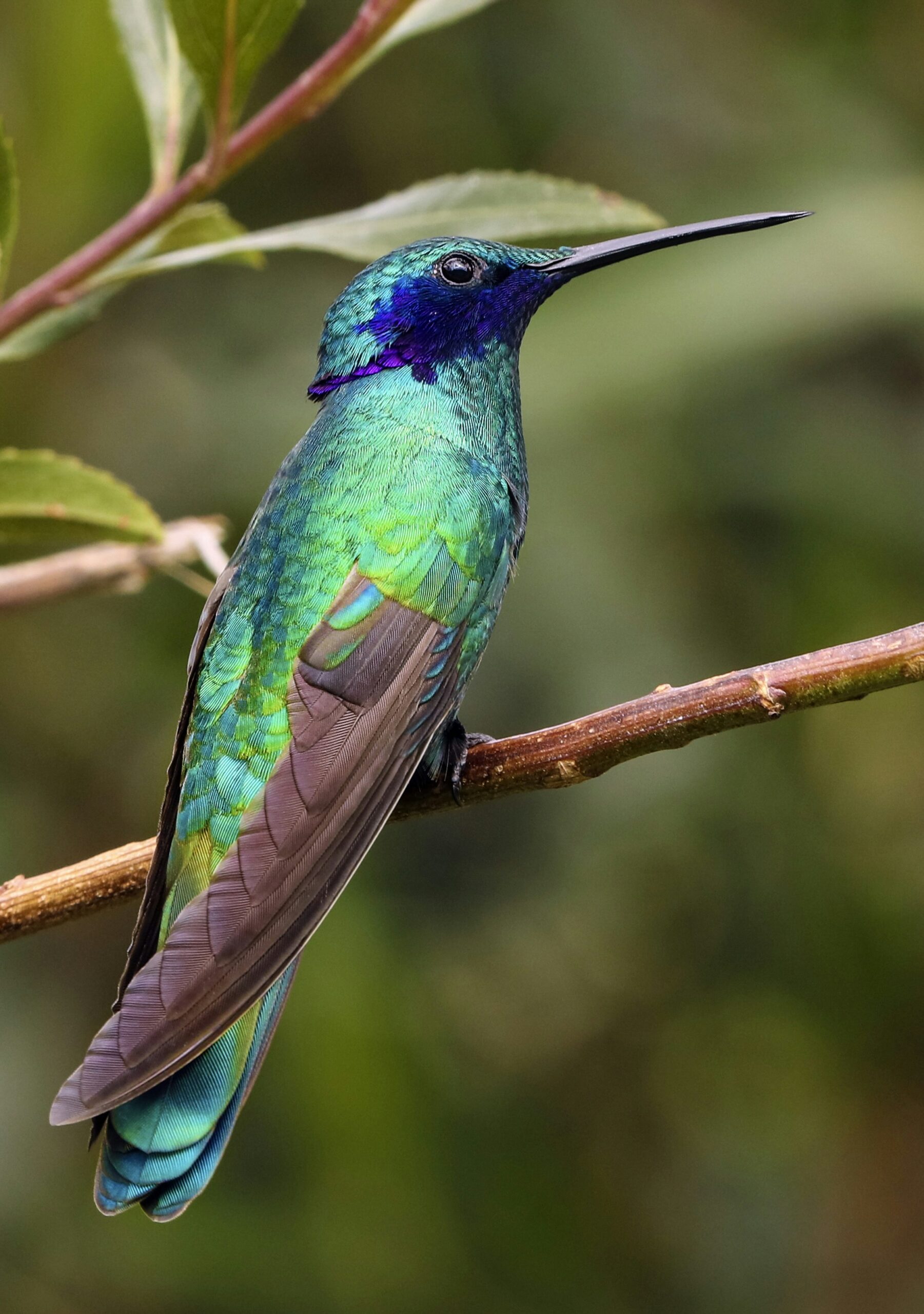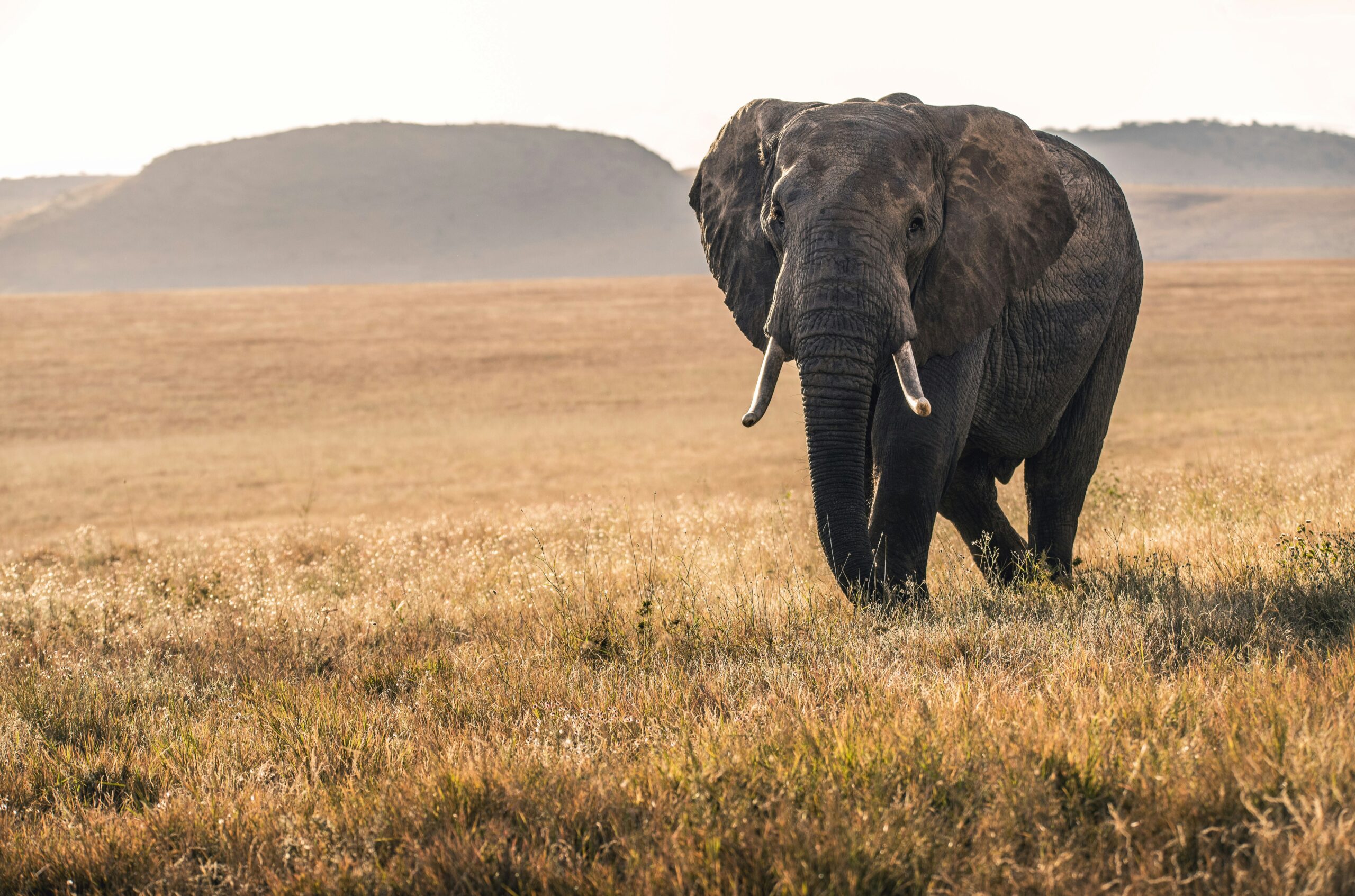When embarking on a journey along the hiking trails of Mount Shasta, you'll immerse yourself in a world teeming with vibrant wildlife. From majestic deer gracefully traversing the forests to playful squirrels scampering amongst the towering trees, the wilderness is filled with a diverse array of animals. As you venture deeper into this natural wonder, you may even encounter elusive creatures such as bears and mountain lions. So, pack your binoculars and awaken your sense of wonder, for on the trails of Mount Shasta, a captivating wildlife spectacle awaits you at every turn.
Overview of Mount Shasta's Biodiversity
Mount Shasta, located in Northern California, is not only renowned for its stunning natural beauty and panoramic views, but also for its remarkable biodiversity. Its unique geographical features make it an ideal habitat for a wide range of wildlife, including birds, mammals, amphibians, reptiles, and insects. The varying elevations, climate, and vegetation create diverse microhabitats that support an array of species.
Geographical importance of Mount Shasta for wildlife
Mount Shasta, with its towering summit reaching over 14,000 feet, is a prominent landmark that stands as a beacon for wildlife in the region. The mountain serves as a crucial hub for biodiversity due to its unique geological history and the presence of multiple ecosystems. Its prominent position in the Cascade Range creates a biological corridor, allowing for the movement of species across different habitats and elevations.
Typical species richness on Mount Shasta
With its diverse range of ecosystems, Mount Shasta boasts an impressive species richness. More than 240 bird species, including songbirds, raptors, and waterfowl, have been recorded in the area. Mammalian fauna is also abundant, with various species such as black bears, mule deer, coyotes, mountain lions, and gray foxes inhabiting the mountain. The region is home to a plethora of amphibians, reptiles, and insects as well, making it a truly remarkable hotspot for biodiversity.
Impact of changing seasons on wildlife in Mount Shasta
The changing seasons on Mount Shasta have a profound impact on the wildlife inhabiting the area. During spring and summer, when the snow melts and wildflowers bloom, the mountain becomes a haven for countless migratory bird species. The abundance of insects and an ample food supply attract various mammals, such as deer and squirrels, increasing their activity levels. As fall arrives and temperatures drop, certain species, especially birds, begin their migration to warmer regions. Winter brings snowy conditions, leading to some species hibernating or migrating to lower elevations in search of food and shelter.
Birds of Mount Shasta
Commonly spotted bird species
Birdwatchers will be delighted by the plethora of avian species that call Mount Shasta home. Some commonly spotted bird species include the majestic Bald Eagle, soaring effortlessly through the sky, and the elusive Northern Pygmy-Owl, known for its distinctive hooting. Other notable residents include the American Dipper, a small bird known for its unique ability to swim and dive underwater in search of food, and the Varied Thrush, recognized for its vibrant orange plumage and melodic song.
Best time to spot birds
The best time to spot birds on Mount Shasta is during the spring and summer months when the mountain comes alive with the vibrant colors of wildflowers and buzzing insects—the perfect recipe for a bird's buffet. This period coincides with the breeding season for many species, making it a prime time for birdwatching. Mornings, when birds are most active, are an excellent time to venture out and observe their behaviors. However, some birds, such as raptors, can be observed year-round, making Mount Shasta a birdwatcher's paradise at any time of the year.
Impact of altitude on bird species richness
Altitude plays a significant role in the diversity of bird species on Mount Shasta. As you ascend the mountain, the habitat changes, leading to a shift in the bird species encountered. Lower elevations are home to woodland and riparian species, such as warblers, thrushes, and woodpeckers. As you climb higher, coniferous forests become dominant, hosting species like Pine Siskins, Dark-eyed Juncos, and White-headed Woodpeckers. Alpine species, including American Pipits and Gray-crowned Rosy-Finches, can be found near the summit.
Tips for birdwatching on Mount Shasta
To enhance your birdwatching experience on Mount Shasta, there are a few tips to keep in mind. Firstly, bring a reliable field guide or use a bird identification app to help you identify unfamiliar species. Binoculars are essential for observing birds from a distance without disturbing them. Dress in muted colors and move quietly to avoid startling the birds. Finally, be patient and take your time—birdwatching is an activity that rewards those who practice stillness and observation.

Mammals of Mount Shasta
Identifiable mammalian fauna
Mount Shasta is home to a diverse range of mammalian fauna, each with its own unique characteristics. Black bears are among the iconic species found in the area, often seen roaming the forests in search of food. Mule deer, with their distinctive large ears and graceful leaps, are also commonly spotted. Coyotes, known for their adaptability and haunting nocturnal calls, can be observed both day and night. Mountain lions, although elusive, inhabit the region, and gray foxes with their bushy tails and agile climbing abilities are occasionally seen.
Where and when to spot mammals
To catch a glimpse of Mount Shasta's mammals, it is important to know where and when to look. Forested areas, particularly those with water sources, are prime locations for spotting mammals. Early mornings and late afternoons tend to be the most active times for many species. Keep in mind that some mammals, like black bears and mountain lions, are more active during the dusk and dawn hours. Spring and summer also increase your chances of sightings, as the warmer weather encourages animals to venture out in search of food and mates.
Threatened or endangered mammals in the region
Sadly, Mount Shasta is not immune to the challenges faced by threatened and endangered mammals. The mountain harbors a population of the Southern Pacific Rattlesnake, which is listed as a species of special concern due to habitat degradation and illegal collection. Additionally, the Pacific Fisher, a small carnivorous mammal, is considered a species of conservation concern. Conservation efforts are underway to protect and restore the habitat of these and other vulnerable species to ensure their long-term survival.
Amphibians and Reptiles in the Vicinity
Diverse amphibian and reptile species
Mount Shasta and its surrounding areas provide a haven for a range of amphibians and reptiles. Amphibians, such as the Pacific Treefrog, Cascades Frog, and Western Toad, inhabit the lush marshes, lakes, and streams. Reptiles, including the Western Fence Lizard and Northern Alligator Lizard, can be found basking in the sun on rocky outcrops. The region is also home to the Rubber Boa, a unique and docile snake species that spends much of its time burrowing in the forest floor.
Areas where amphibians and reptiles are usually found
Amphibians and reptiles are often found in damp or aquatic environments on Mount Shasta. Marshes, ponds, and slow-moving streams provide important breeding grounds and feeding areas for many species. Exploring these areas is likely to yield sightings of amphibians such as salamanders, which thrive in the moist environment. Additionally, rocky areas and forest edges are prime locations to observe reptiles, as they offer both basking spots and cover for these cold-blooded creatures.
Behavior and characteristics of common species
Common species such as the Pacific Treefrog and Western Fence Lizard demonstrate fascinating behaviors and exhibit unique characteristics. The Pacific Treefrog is well-known for its ability to change color, camouflaging itself to match its surroundings. Its unique vocalizations, often heard during the breeding season, add a delightful ambiance to the mountain. The Western Fence Lizard, by contrast, is known for its impressive ability to detach its tail when threatened, a defensive mechanism that allows the lizard to escape from predators.

Insect Life on Mount Shasta
Types of insects typically found
Mount Shasta's vibrant ecosystem supports a wide variety of insects, each playing a crucial role in the balance of the ecosystem. Butterflies, such as the Anise Swallowtail and the California Tortoiseshell, grace the mountain with their delicate beauty. Dragonflies and damselflies dance above the water bodies, catching prey with their incredible agility. Bees, wasps, and beetles are also abundant and contribute to pollination and decomposition processes within the ecosystem.
Role of insects in the ecosystem
Insects are an integral part of Mount Shasta's ecosystem, fulfilling critical roles in various ecological processes. Pollinators, such as bees and butterflies, assist in the reproduction of plants, aiding in the production of fruits and seeds. Decomposers, like beetles and flies, break down organic matter, recycling nutrients back into the soil. In addition, insects serve as a valuable food source for many bird and mammal species, ensuring the continuation of the food chain.
Notable insect migration phenomena
Mount Shasta is witness to some noteworthy insect migration phenomena that capture the awe and wonder of nature. Monarch butterflies embark on an epic journey, traveling thousands of miles from their breeding grounds to wintering sites in Mexico. During their migration, these delicate creatures can often be seen fluttering through the mountain's meadows and gardens, stopping to fuel up on nectar-rich flowers. Another remarkable spectacle is the annual emergence of the caddisfly, an aquatic insect, from the mountain's lakes and streams, transforming the air into a swirling cloud of movement and life.
Endangered Species Found on Mount Shasta
Critically endangered species
Mount Shasta is home to several critically endangered species, their survival hanging in the balance. One such species is the Mount Shasta Salamander, a unique amphibian found only on the mountain. Habitat destruction, climate change, and invasive species pose significant threats to its existence. Another critically endangered species is the Mount Shasta Buttercup, a beautiful perennial flower endemic to the area. Its survival is threatened by habitat destruction and encroachment of non-native species.
Threats to Mount Shasta's wildlife
While Mount Shasta provides a sanctuary for diverse wildlife, it is not impervious to the threats posed by human activities and environmental factors. Habitat loss and fragmentation due to development and logging are key challenges faced by many species. Climate change also plays a role, altering temperature and precipitation patterns, which can disrupt the delicate balance between wildlife and their ecosystems. Invasive species, such as non-native plants and animals, further threaten the native flora and fauna by outcompeting and displacing local species.
Conservation efforts in the area
Local organizations, governmental agencies, and concerned citizens are actively engaged in conservation efforts on Mount Shasta. Habitat restoration projects aim to rejuvenate degraded areas, providing crucial habitats for endangered species. Education and outreach programs seek to raise awareness about the importance of preserving biodiversity and reducing human impact. Collaborative initiatives between stakeholders, such as landowners, conservationists, and researchers, play a crucial role in protecting Mount Shasta's wildlife and ensuring its long-term survival.

Observing Mount Shasta's Nocturnal Wildlife
Common nocturnal species
While daytime showcases Mount Shasta's biodiversity, the night reveals a whole new world of nocturnal species. Owls, with their majestic flight and haunting calls, are among the most recognizable nocturnal species on the mountain. The Western Screech-Owl and Great Horned Owl can often be heard hooting in the darkness. Bats, aptly known for their nocturnal habits, dart through the night sky, consuming vast numbers of insects. Other secretive mammals, such as the American Marten and Northern Flying Squirrel, venture out under the cover of darkness.
Safety precautions for night time hiking
Night time hiking on Mount Shasta requires some additional safety precautions to ensure a pleasant and secure experience. It is essential to bring a reliable headlamp or flashlight to navigate the trails safely. Wear appropriate clothing to stay warm as temperatures can drop significantly at night. Let someone know your hiking plans and estimated return time, particularly if you are venturing out alone. Be cautious and aware of your surroundings, and avoid disturbing nocturnal wildlife by minimizing noise and using low-intensity lights.
Role of nocturnal species in the ecosystem
Nocturnal species play a vital role in maintaining the balance of Mount Shasta's ecosystem. Predatory birds, like owls, help control rodent populations by hunting small mammals during the night. Bats are essential in controlling insect populations, including mosquitoes and agricultural pests. They are also important pollinators, helping to fertilize many plant species. The presence of nocturnal mammals contributes to the ecological processes of seed dispersal and nutrient cycling, enhancing the overall health and functioning of the ecosystem.
Human Impact on Mount Shasta's Wildlife
Impact of hiking and camping activities
Hiking and camping activities on Mount Shasta have both positive and negative impacts on the wildlife inhabiting the area. While responsible outdoor recreation can contribute to conservation efforts by fostering appreciation for nature, unmanaged activities can disturb and disrupt wildlife populations. Disturbances caused by noise, trampling, waste, and non-native species introductions can have detrimental effects on sensitive species, disrupt breeding and foraging patterns, and degrade habitats.
How hikers can minimize their impact
Hikers can play an active role in minimizing their impact on Mount Shasta's wildlife and ecosystems. Staying on designated trails helps prevent trampling of sensitive vegetation and reduces the risk of disturbing wildlife habitats. Disposing of waste properly and practicing Leave No Trace principles, such as packing out all trash, ensures the protection of the environment. Minimizing noise, especially in sensitive areas or during breeding seasons, reduces stress on wildlife. Finally, respecting wildlife by observing from a safe distance and refraining from feeding or approaching them benefits both the animals and their natural behaviors.
Initiatives to protect Mount Shasta's wildlife
Numerous initiatives are in place to protect and preserve Mount Shasta's wildlife and their habitats. Land management agencies work collaboratively to establish wildlife corridors and protected areas, ensuring the continuity of vital habitats. Conservation organizations actively engage in research, restoration, and public outreach to raise awareness and encourage responsible practices among visitors. Citizen science projects allow volunteers to contribute valuable data that aids in decision-making processes. These collective efforts promote sustainable land use and aim to safeguard Mount Shasta's unique wildlife for future generations to enjoy.
Common Fauna Along Different Hiking Paths
Variation of fauna among different trails
Mount Shasta's various hiking paths offer unique opportunities to encounter different fauna due to the diverse ecosystems and habitats they traverse. Lower elevation trails, such as those meandering through woodlands and riparian areas, provide a higher chance of spotting songbirds and small mammals. As you ascend to higher elevations, coniferous forests become more prevalent, offering glimpses of woodpeckers, squirrels, and the occasional black bear. Alpine trails near the summit expose hikers to a different realm, with sightings of mountain goats, pikas, and high-elevation bird species.
Guide to plan hikes based on wildlife interest areas
To plan hikes based on wildlife interest areas, consider the specific fauna you hope to encounter. If birdwatching is your passion, targeting trails that pass through diverse habitats and offer a mix of lower and higher elevations can maximize your chances of observing a variety of avian species. Researching the preferred habitats of mammals or reptiles you wish to see can guide your choice of trails. Keep in mind that sensitive species may have restricted access areas to protect their habitats, so always adhere to any posted guidelines or closures.
Important Things to Know About Mount Shasta's Wildlife
Safety considerations when encountering wildlife
Encountering wildlife on the trails of Mount Shasta can be an enchanting experience, but it is essential to prioritize safety for both yourself and the animals. Keep a safe distance and never approach or attempt to touch wild animals. Respect their natural behaviors and give them space to move freely. Stay aware of your surroundings and be cautious of potentially dangerous species like bears or mountain lions. Educate yourself on how to respond appropriately if you come across wildlife, such as making noise to alert them of your presence or backing away slowly.
Importance of not disturbing wildlife
Disturbing wildlife can have far-reaching consequences on their survival and the delicate balance of ecosystems. Getting too close to wildlife can cause unnecessary stress and may interfere with their natural behaviors, particularly during crucial times such as mating or raising young. Disturbed animals may flee or use valuable energy reserves, jeopardizing their ability to find food or survive harsh weather conditions. Additionally, interfering with wildlife can contribute to habituation to human presence, increasing the risk of conflicts and potentially endangering both animals and humans.
Interesting facts regarding Mount Shasta wildlife
As you explore the trails of Mount Shasta, here are some interesting facts to enhance your understanding and appreciation of the local wildlife. The American Dipper, a bird often observed along rivers and streams, is the only North American songbird that can swim and dive underwater to catch prey. Mount Shasta's black bears are known for their exceptional climbing abilities, often ascending trees to escape danger or reach food sources. The Rubber Boa, a harmless snake found in the area, uses its tail to simulate the head, confusing potential predators and increasing its chances of survival.
In conclusion, Mount Shasta is a haven for a rich variety of wildlife, offering a remarkable experience for nature enthusiasts. From the stunning array of bird species to the diverse mammals, amphibians, reptiles, and insects, the mountain's ecosystems provide an intricate tapestry of life. By respecting these diverse inhabitants and engaging in responsible outdoor practices, we can ensure the preservation of Mount Shasta's wildlife for generations to come. So, put on your hiking boots, grab your binoculars, and prepare to be amazed by the awe-inspiring biodiversity that awaits you on the trails of Mount Shasta.
